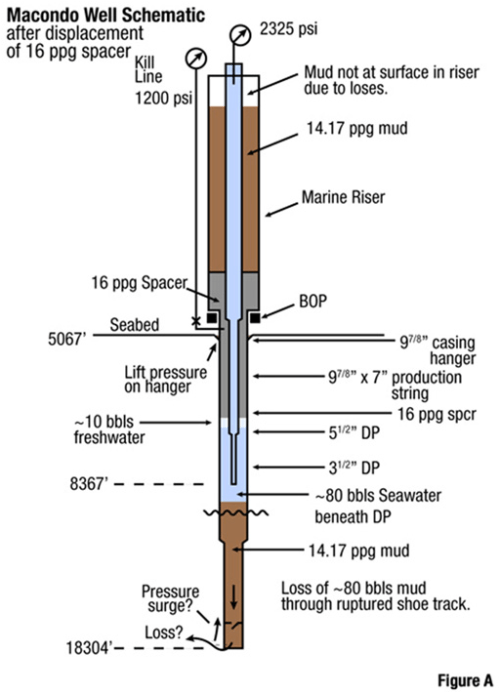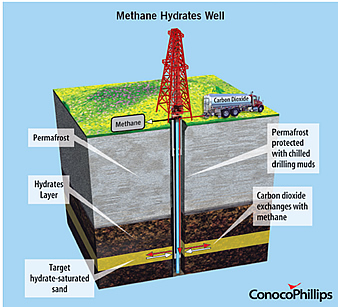I didn’t know what to expect when I kicked off this independent blog 18 months ago. I wanted to share some fun stuff, most notably the “Not My Job Award” favorites and the long list of “rigs-to-reefs” spinoffs. The blog was also a good way to follow and comment on emerging offshore energy issues and events.
Things didn’t go quite as planned, and two major accidents shaped our commentary and discussion. During the early days of the blog, attention was focused on the Montara hearings. Each day’s transcripts were posted within hours by the very efficient Montara Inquiry staff, so we were able to read the transcripts in the early morning hours (US eastern time). Our small band of Montara watchers commented daily on the events and received mention during the hearings.
Next came Macondo. The tragic fire and explosion killed 11, and the pollution spectacular that followed was streamed live for a worldwide audience. While officials in the US and around the world were busy solving problems that had yet to be identified, true offshore safety leaders were closely monitoring the investigations to learn what happened and why. Unfortunately, important gaps in our understaning of the accident still remain.
In light of increased personal and professional commitments, I have decided to discontinue BOE. The blog will be removed from the web on August 12th. I want to thank those who have visited the blog. Surprisingly, our obscure site had lots of visitors in the US and around the world.
In particular, I would like to thank Odd Finnestad and Cheryl Anderson. Odd is an expert on regulatory policy who helped shape Norway’s highly respected offshore safety program and has advised governments around the world about regulatory and safety issues. Odd has been an important contributor to BOE from the outset. Cheryl is the world’s leading authority on oil spill occurrence rates and causes, and has contributed numerous entries to the blog.
I also want to thank JL Daeschler, a pioneering subsea engineer, for his insights and commentary. In addition to being an outstanding engineer, JL is a very talented artists whose works are now on display at prestigious galleries in Edinburgh, Scotland. In you visit that wonderful city, make sure you view some of JL’s artwork. There are others who have made major contributions to BOE, but have chosen to remain anonymous. You know who you are; thank you for the support!
For good coverage of offshore safety issues, I encourage you to monitor Platts, Upstream, Fuel Fix, and Nola.com. I hope these or other professional sites develop tracking systems for offshore accidents and hold operators and regulators accountable for publishing updates and reports in a timely manner. I will continue to push for improvements in the collection and reporting of incident data.
I also recommend that you monitor the regulators’ websites. The site of the Petroleum Safety Authority of Norway (psa.no) provides timely information, reports, risk assessments, and updates on activities in the Norwegian sector, and is an excellent example of what a safety regulator’s website should look like.
In closing, I want to say that I am very optimistic about the future of offshore oil and gas operations in the US and around the world. I continue to be amazed by the dedication, competence, and commitment of offshore energy professionals. Although we don’t agree on everything, we are all committed to safety and pollution prevention. We can’t change the past, but we can shape the future. The world needs offshore energy, and it’s our job to respond to the challenge.
Feel free to contact me at edanenberger@gmail.com if there are any matters you wish to discuss.
Offshore to the future!
Bud




